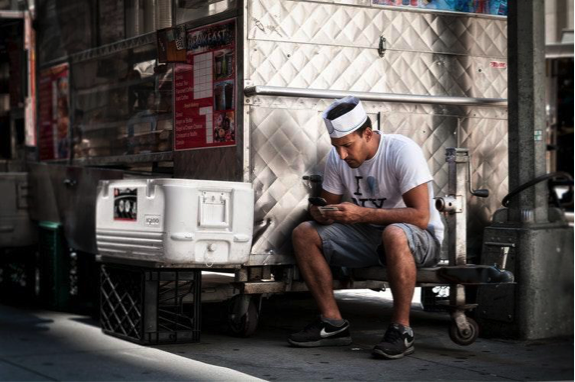California restaurant owners are concerned about their ability to keep their doors open in the coming years. Minimum wage is set to increase yearly up to $15 in 2022, or $15 in 2023 for restaurants and organizations staffing 25 employees or less. Customer tips will not be able to be credited toward that minimum wage figure.
California restaurant owners will be forced to adapt to changing market conditions. What strategies can restaurant owners implement to capitalize on the shift?
Here are three strategies that owners are considering as employee costs continue to rise.
1.Reconsider your menu costing strategy
According to Ryan Gomfrin of The Restaurant Boss, too many restaurant owners are approaching their pricing the wrong way.

Market minus basically means determining what your competition is charging for the same items, and subtracting the cost of production on your end it takes to create the same item.
The difference is that this method forces the owner to analyze the costs of ingredients more carefully, and prevents the owner from pricing themselves out of the market due to the undue cost of ingredients. If the cost to produce the menu item is not within 25% to 33% of the market price, it’s time to re-evaluate your food costs.
2. Promote a Loyalty program alongside Price Increases

You’ve likely considered implementing some sort of loyalty program at one point or another. Many restaurant owners haven’t gotten around to it.
Along with small, incremental price increases, introducing a brand new loyalty program to returning customers is a great opportunity to reward the customers you want to keep by allowing them to enjoy the same prices they’ve always enjoyed, simply by offering a free-to-join opt-in text message (SMS) or e-mail marketing program.
This allows you to make small price changes to your menu without rocking the boat with the customers who know you best. Additionally, the loyalty program provides new opportunities to promote specials, high-profit menu items while engaging with customers on a more regular basis.
3. Make Tough Menu Choices
When you evaluate the cost-effectiveness of your menu, it would be wise to rate the items by profitability per item and volume sold per week. PMQ suggests these four categories of menu item classification:
Stars: High profit, high popularity
Plowhorses: Low profit, high popularity
Puzzles, high profit, low popularity
Dogs: low profit, low popularity
Once you’ve identified where you’re most successful, it’s time to get creative. How can I solve’ the puzzles, optimize the popularity of the high-profit items that are underselling, and promote the stars?
And possibly most importantly, which of my lowest-rated menu items can I remove entirely? These decisions can be tough, but PMQ also suggests that there are creative solutions to make of these questions, such as combo deals to increase profits on popular but low-profit items, and menu highlighting puzzle items to increase the amount of sales generated for these moneymakers.
For more cutting edge restaurant trends read Three Emerging Trends From the 2019 International Pizza Expo
Cerenzia Foods, inc. is celebrating 35 years of service! Visit cerenziafoods.com for more about products, services, and our community involvement in Southern California.





